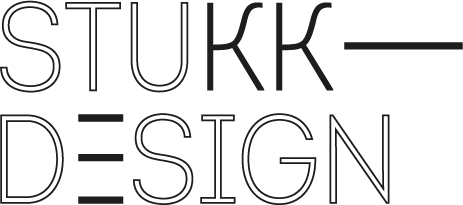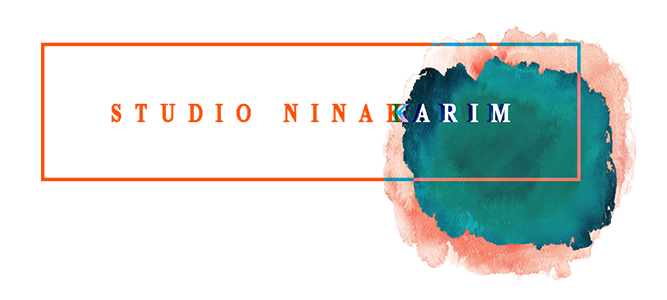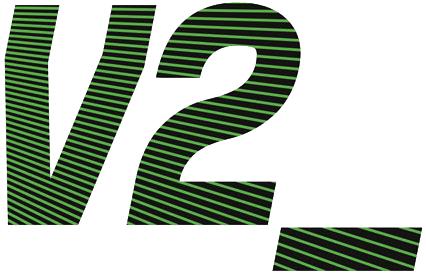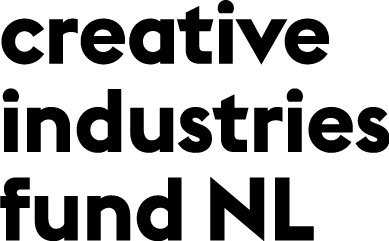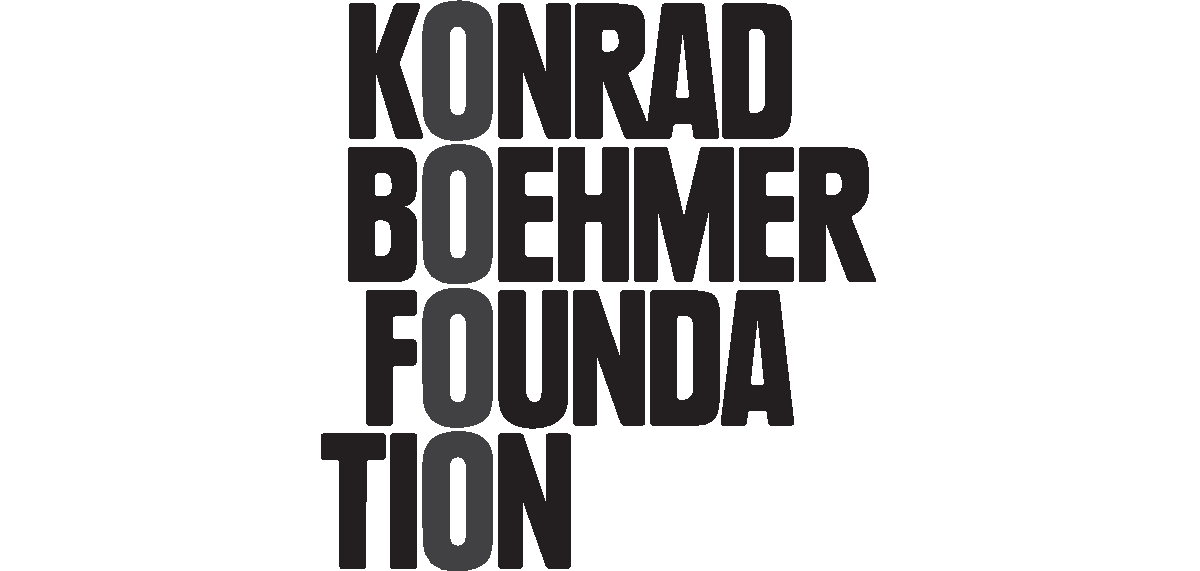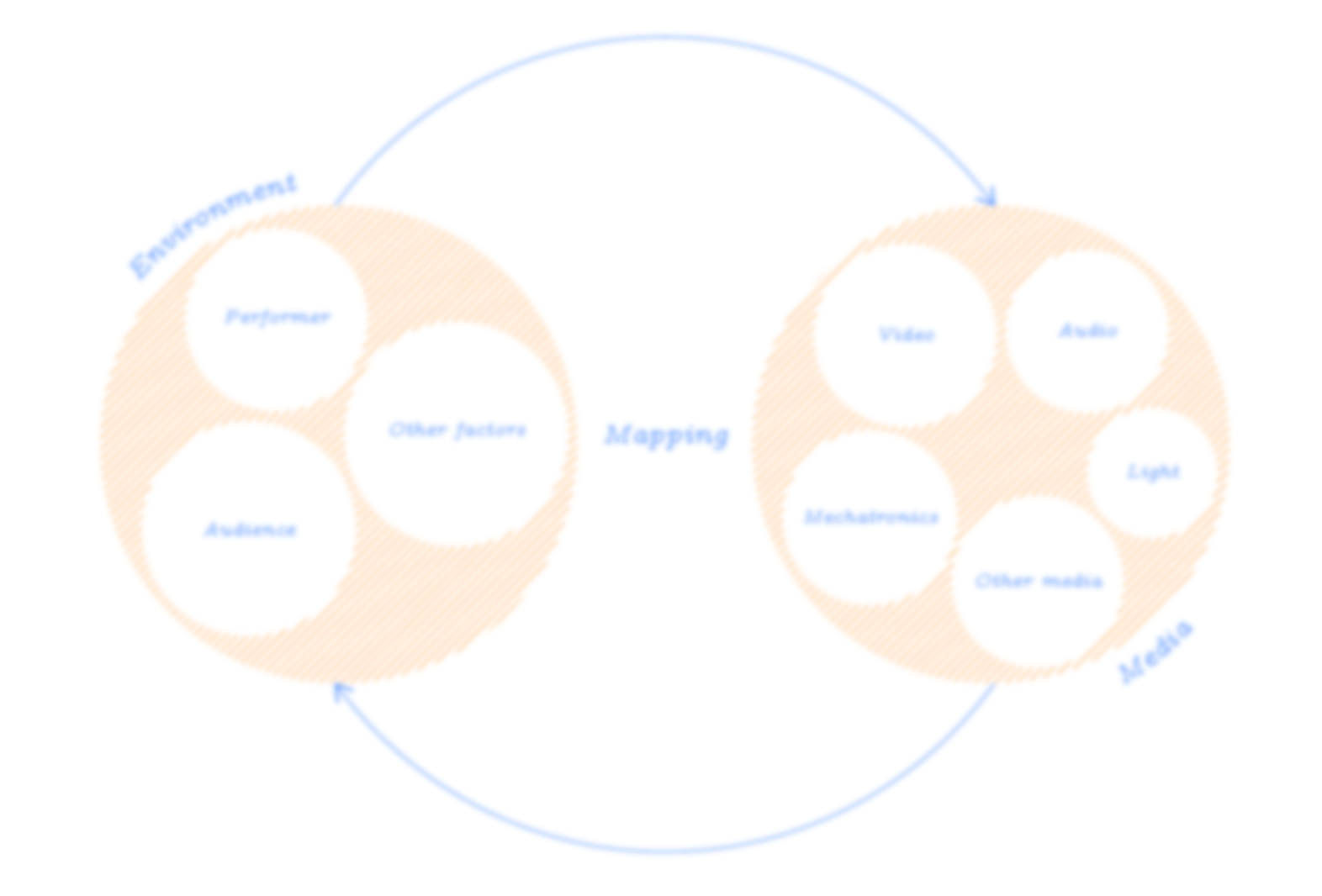
Composing Interactions
An Artist's Guide to Building Expressive Interactive Systems
published in June 2022
- Weborder via V2_
- International distribution to bookstores via Idea Books

Interactive technologies have become a part of many different artistic practices. Nowadays artists make use of sensors, electronic circuits, computation, and algorithms to create engaging aesthetic experiences.
Composing Interactions - An Artist’s Guide to Building Expressive, Interactive Systems brings together aesthetic considerations, practical guidelines for project development, and an overview of sensors, circuits, and processing algorithms.
Marije Baalman applies her extensive experience as an artist and as an engineer to guide the reader through the creation process of interactive digital artworks. She elaborates on different techniques for creating meaningful interactions and presents detailed case studies of a range of artistic work from the field to illustrate the techniques in practice.
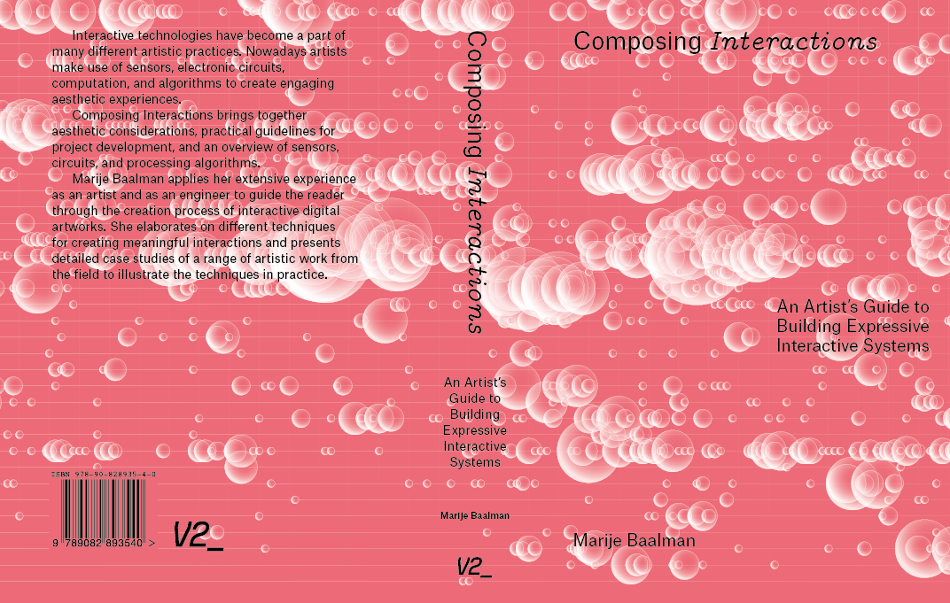
- 608 pages, 256 illustrations, 3 color print
- Language — English
- ISBN/EAN: 978-90-828935-4-0
- Weborder via V2_
- International distribution to bookstores via Idea Books

From the forewords:
“Baalman’s sheer enthusiasm and excitement to share with others her own experience in creating interactive experience is what sets the book apart from others. Whether you are an artist, designer, programmer, choreographer, dancer, or musician, in these pages you will find an A to Z compendium that you can use to better imagine and build interactive artistic works.”
Chris Salter
“Composing Interactions is a significant guide and place-holder that will incite artists to knowingly navigate the myriad possibilities offered by today’s digital technologies. Baalman’s work will undoubtedly inspire actions, interactions, and reactions that feed our ever plural artistic futures.”
Sally Jane Norman
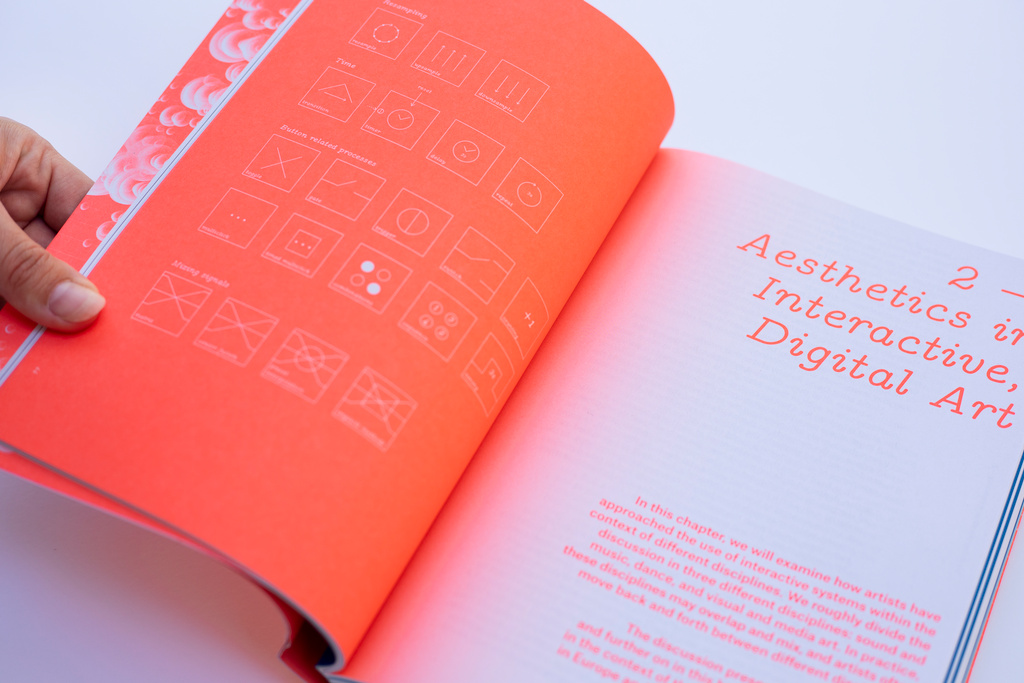
Contents
Forewords
- Chris Salter
- Sally Jane Norman
Part 1 – Interactive Art, the Question of Mapping, and Aesthetics
- 1 — Interactive Art and the Question of Mapping
- Visual Language
- 2 — Aesthetics in Interactive, Digital Art
Case Study I – Roosna and Flak: Dialogue Between Sound and Movement
Part 2 – The Creation Process
- 3 — The Project
- 4 — Development Process
Case Study II - Andi Otto’s Fello: Bow Waves
Part 3 - The Physical Elements and Their Connections
- 5 — Custom Sensor Interfaces
- 6 — Commercial, Off-the-Shelf Controllers
- 7 — Microphones and Audio Analysis
- 8 — Cameras and Computer Vision
- 9 — Elements for Processing
- 10 — Output Elements
- 11 — Connections
- 12 — Communication Protocols
- 13 — Bringing the Elements Together
Case Study III - Steim Tools: Instrumentation for Responsiveness
Part 4 – Understanding Data
- 14 — Types and Roles of Data
- 15 — Characteristics of Data Streams
- 16 — Sampling and Quantization
- 17 — Exploring Data
Case Study IV – Jeff Carey’s ctrlKey: Complex Organization in the Musical Moment
Part 5 – Processing Data
- 18 — From One Range to Another
- 19 — Filtering and Deriving Data
- 20 — Using Buttons
- 21 — Modes of Behavior
- 22 — Mixing and Splitting Signals
- 23 — Output Model
Case Study V – Cathy van Eck: Composing for Objects
Part 6 – Tuning Data
- 24 — Tuning and Calibration
- 25 — Dealing with Disturbances
Case Study VI – Jaime del Val’s Metatopia: Environments for Metaformances and Disalignment
Part 7 – Structure of the Interactive System
- 26 — Time and Memory
- 27 — Programming Structure and Concepts
Conclusion
- Appendix — A Binary Numbers: Bytes and Bits
- References
- Index
- Acknowledgements
- Colophon
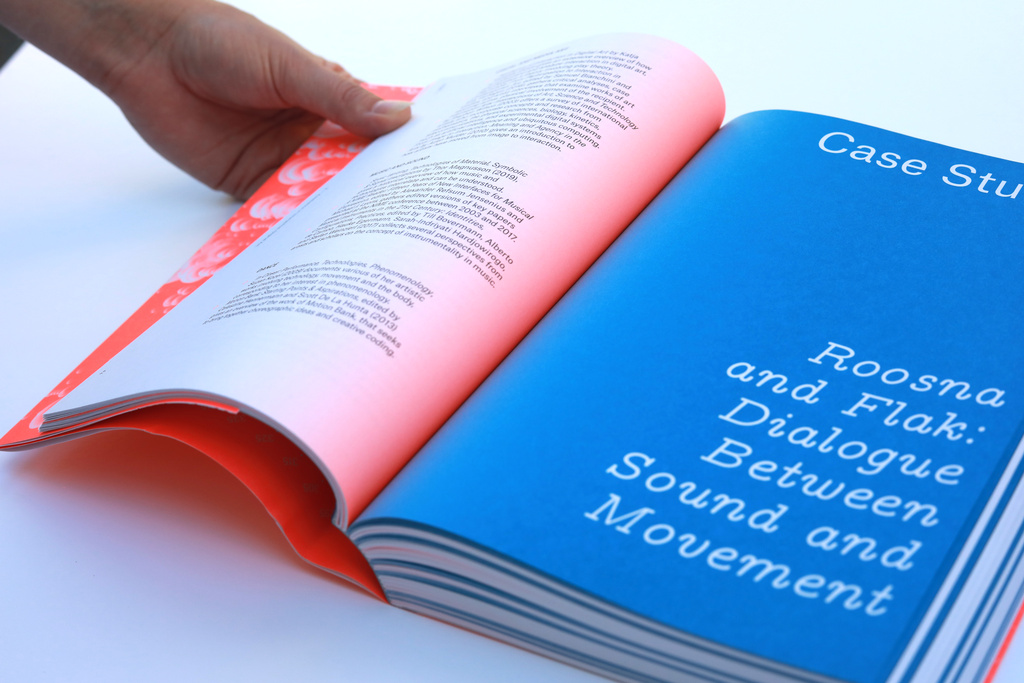
Colophon
All photos of the book on this website are made by Felicity van Oort


